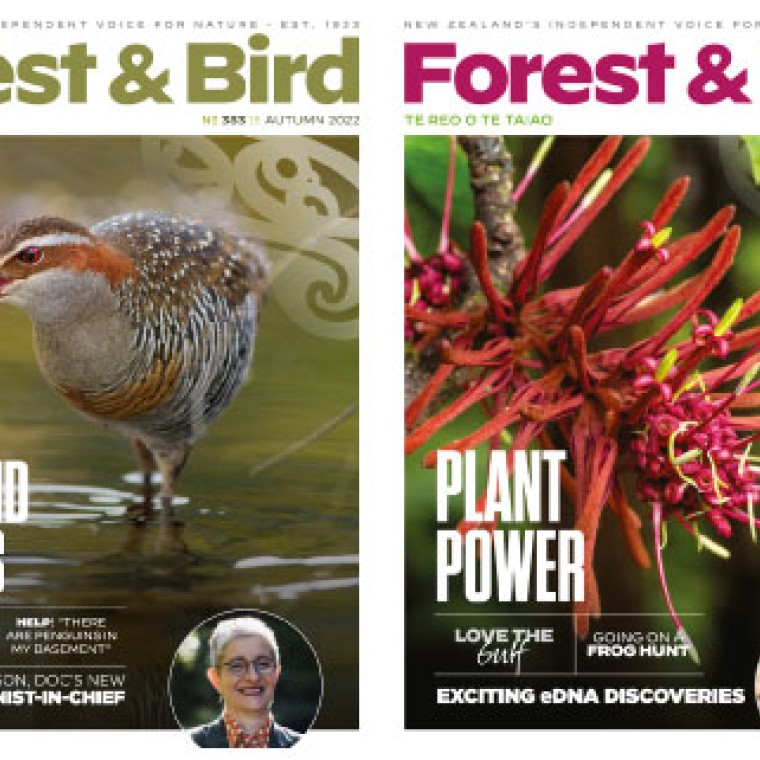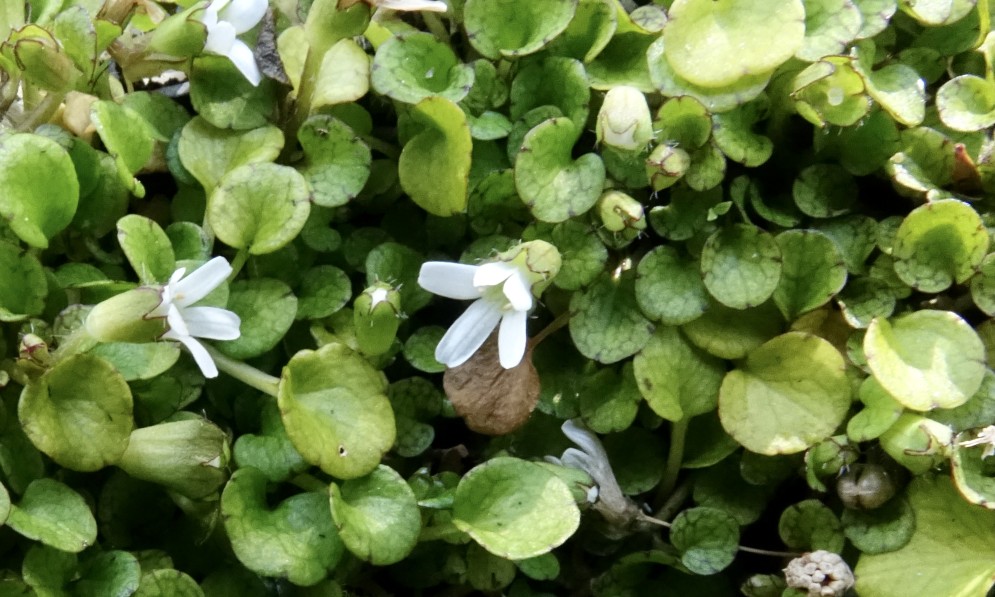The discovery of a new population of critically endangered New Zealand creeping foxglove shows the importance of the Catlins as a floral hotspot.
The mid-catchment of the Tautuku River has been seldom botanised or described despite its relative accessibility. The naturally rare forest clearings in the catchment are a distinct feature that add ecological diversity, interest, and importance to the catchment’s vegetation.
Forest & Bird magazine
A version of this story was first published in the Summer 2022 issue of Forest & Bird magazine.
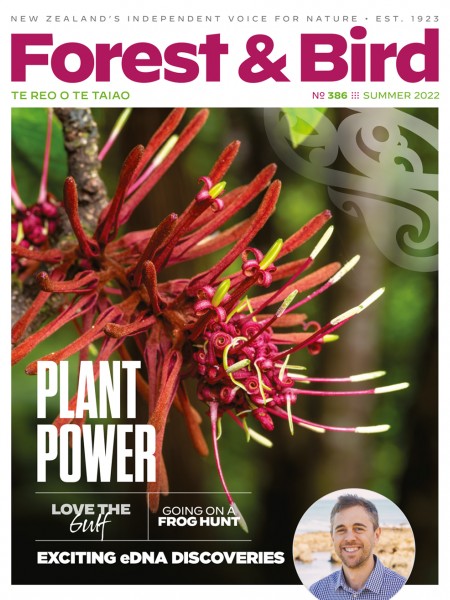
Botanist John Barkla first visited this area in September 2021 and briefly explored the forest clearings. Clearing 1 is a 4ha “frost flat” consisting of shrubland and red tussockland with a rich diversity of herbs as ground cover. It was here that John made a nationally important discovery.
He spotted the tiny Ourisia modesta, a creeping foxglove with white flowers. It’s the first time this Nationally Critical species has been documented in the Catlins and is one of just six wild populations known in Aotearoa.
“This site is of high ecological significance, as it represents only the sixth New Zealand population of O. modesta,” said John. “Its association with several other rare plants adds to the site’s importance, and a more comprehensive survey for this species in the Catlins is desirable.”
The significant discovery was a major prompt for further botanical exploration of the area.
During this subsequent survey, 17 Nationally Threatened and rare plants were recorded. John and Brian also re-found the rare Ourisia modesta, which appears to be restricted to a single very small site.
The pair also identified a small creeping herb called Tetrachondra hamiltonii at several sites in both clearings. These sites are of high ecological significance, as they represent the only Catlins population – and the number of plants suggests this is a national stronghold for this species.
All up, the team recorded a total of 214 indigenous plants in the mid-Tautuku catchment, including the Nationally Critical rōhutu (Neomyrtus pedunculatus).
A flora of greater than 200 indigenous species in a lowland forest is considered very rich. The diversity of herbs (60 different taxa) was particularly notable, along with the 15 species of Coprosma and four species of Olearia.
The rōhutu, along with southern rātā, white climbing rātā (Metrosideros diffusa), and mānuka (Leptospermum scoparium), are all members of the myrtle family and so could be impacted by myrtle rust should it arrive in the Catlins.
“The Tautuku catchment is one of the largest, most intact, and diverse in the Catlins, and we consider the catchment is of national importance,” concluded John and Brian in their summary report.
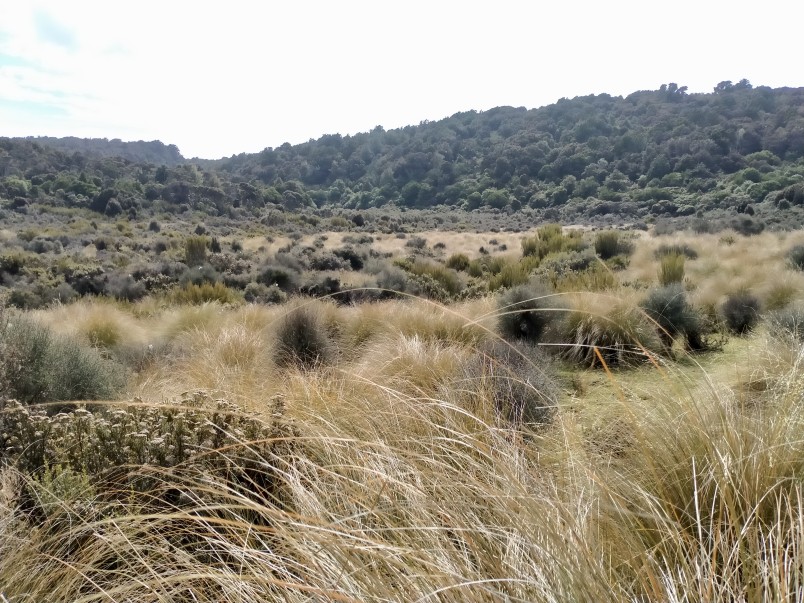
One of two "clearings" in the project area. Image John Barkla
“We expect the vegetation will benefit from the control of browsers being undertaken as part of the Tautuku Ecological Restoration project. Some threatened species would benefit from conservation management, including enhancement planting.”
The 6600ha Tautuku Ecological Restoration project extends from Tautuku Bay inland to the heads of the Tautuku and Fleming catchments at about 500m above sea level and is centred around Forest & Bird’s 550ha Lenz Reserve.
This large area supports a wide range of ecosystems, habitats, and species that characterise the Catlins. Three Forest & Bird branches are working together on this flagship Forest & Bird restoration project.
Last year, the project received a $577,000 Mahi mō te Taiao Jobs for Nature grant, which includes funding for browsing mammal control, most notably removing the deer, goats, and pigs that are devastating the area’s rare flora.
At the time of writing, some of the grant money was being used to cut new traplines in the mid-Tautuku Valley that will enable improved access to protect some of the plant species featured in this story.
This funding is also supporting feral cat and possum control, increased mustelid and rodent control, and monitoring key native species, including a newly discovered long-tailed bat colony.
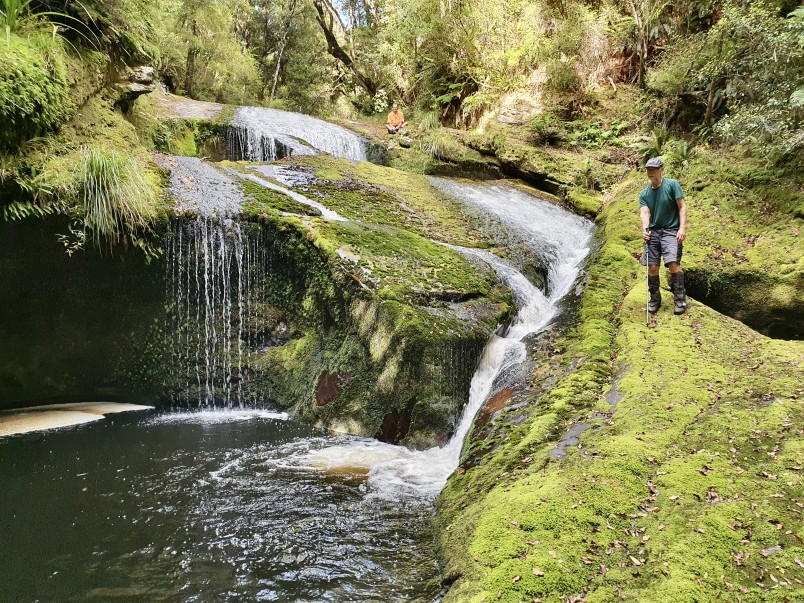
Gavin White (top) and John Barkla in the Shute, Tautuku River. Image Brian Rance
“We’ve always known the habitat is pretty unique, being the last lowland mixed forest left on the southeast coast,” says project manager Francesca Cunninghame.
“It’s very exciting having these two highly skilled botanical experts confirm how special the area is for flora. We will be using some of the Jobs for Nature funding to protect these clearings and their important plant populations.”
The Tautuku team is looking forward to discovering more rare species in its project area. Since the project began in 2016, new populations of Gollum galaxias native fish and Tautuku forest gecko have been discovered. The team is also awaiting confirmation of a potentially undescribed species of spider!
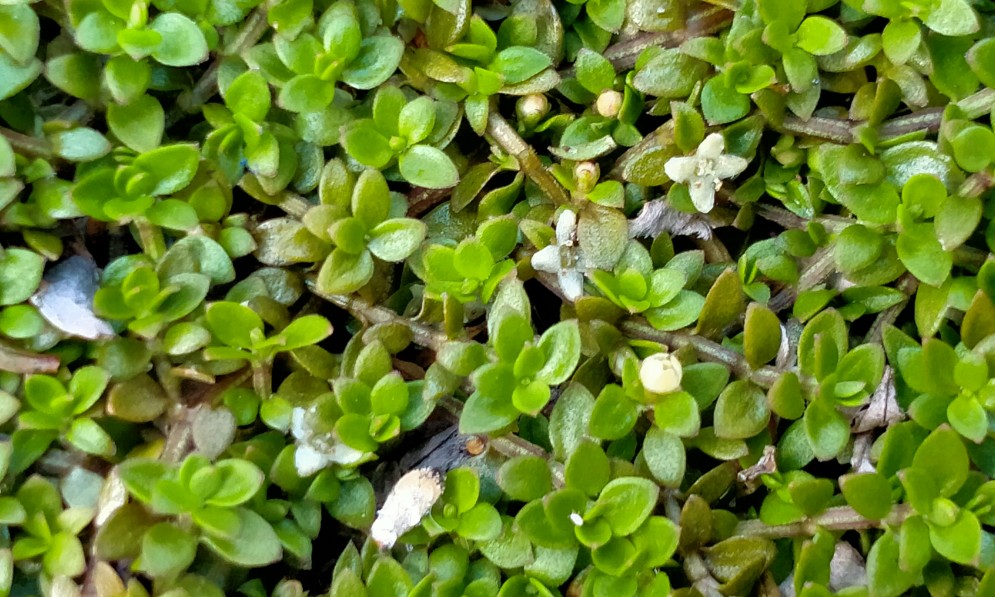
Tetrachondra hamiltonii. Image John Barkla
MORE BOTANICAL DISCOVERIES
- Coprosma obconica: Tautuku is one of only three known locations in the Catlins for this species.
- Melicytus flexuosus: The total population consists of at least 100 plants and may be the largest in the Catlins.
- Pittosporum obcordatum: Three plants were discovered. This is one of only two sites in the Catlins.
- Ranunculus ternatifolius: This small buttercup was observed in two clearings and may represent only the second Catlins population.
- Carex tenuiculmis: A small population (about 50 plants) was found. This site may be the only population in the Catlins.
- Epilobium insulare: This may be the only known population in the Catlins.
- Olearia lineata: This tree daisy occurs in several sites at Tautuku. With a few hundred plants, this may be the largest population in the Catlins.
John Barkla and Brian Rance’s Tautuku botanical survey report was published in Trilepidea, the New Zealand Plant Conservation Network’s newsletter, in June 2022.
